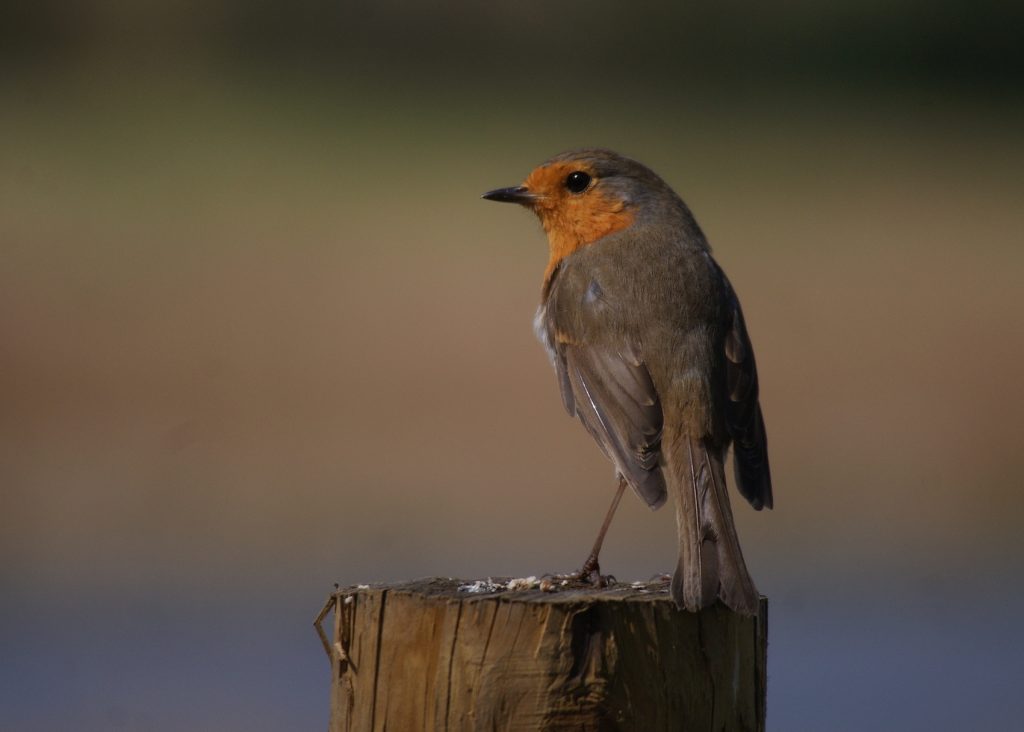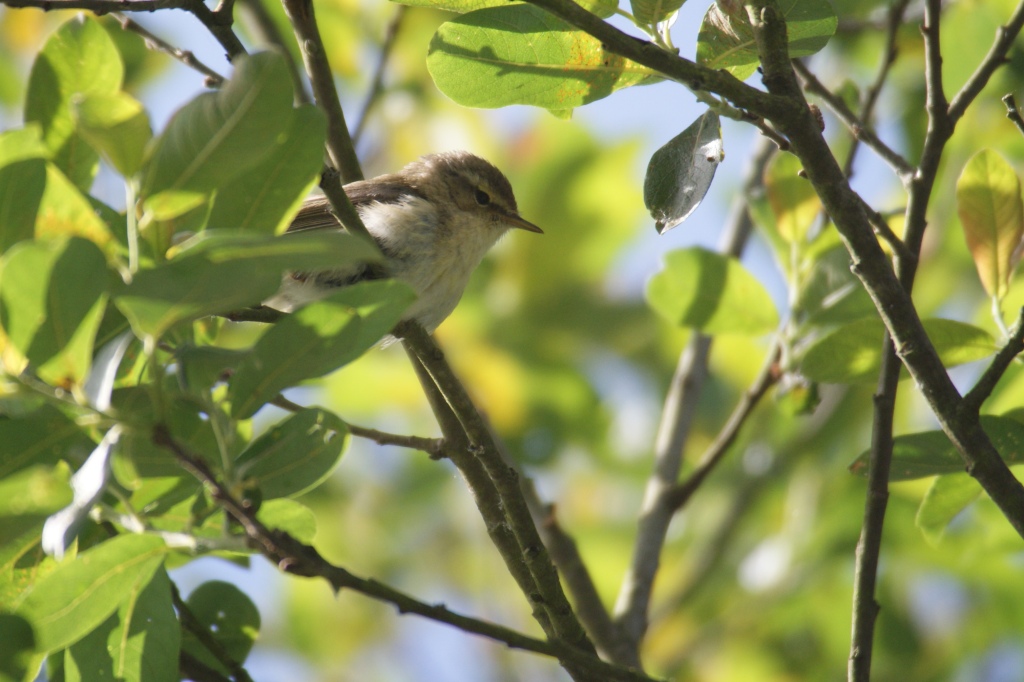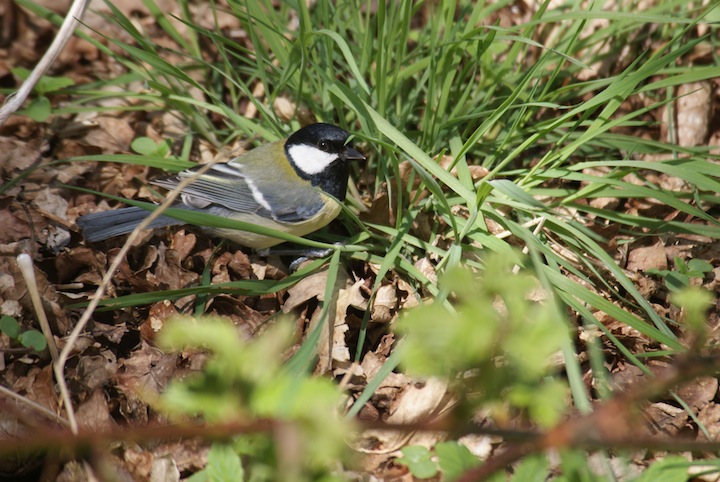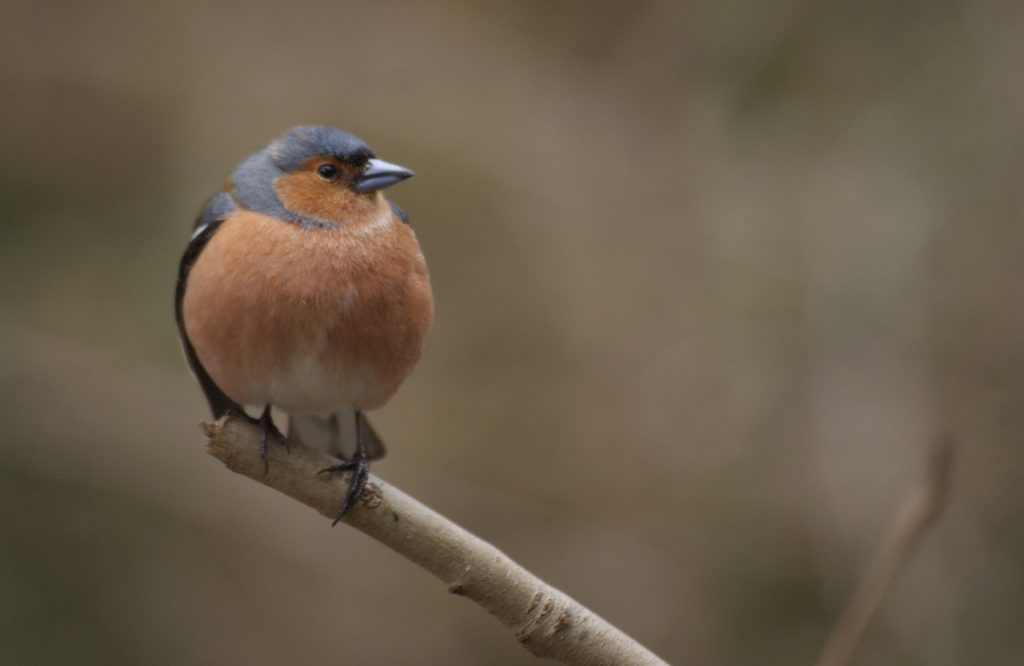Here in the village of Clearwell we are surrounded by the chirps of house sparrows, ‘chacks’ of jackdaws and flute-like melodies of blackbirds.
Ed Drewitt often takes guests out on early morning dawn chorus walks, and here he shares some insights on the birdsong we are all hearing at this time of year:
Wherever you are birds will be singing right now. In April and May male birds can be heard singing throughout the day, although they peak in the morning during the dawn chorus and again in the evening (although less intense). In the middle of cities and towns robins and blackbirds will dominate the airwaves at first light, joined later by great tits, chiffchaffs and chaffinches. Here in the Forest of Dean an even greater variety of birds from song thrushes to nuthatches all join in.

Singing is an elaborate sequence of notes made by birds, unlike the ‘tick tick’ calls of a robin or the machine gun-like explosion of notes made by the wren. Calls help birds tell each other where they are and whether there is danger around. Songs on the other hand are used by male birds to tell other birds of the same species that this is their patch or territory; they are defending their mate and nest. Early in the season they may also use it to attract a mate. While males do most of the singing, female robins sing during the winter to defend a winter territory and female dunnocks sing to entice the males to mate with her (they have complicated mating systems!).

In the open spaces in the Forest of Dean tree pipits and willow warblers are just arriving from their wintering grounds in West Africa while blackcaps and chiffchaffs are taking up summer residence in the more wooded parts of the forest. They will soon be joined by less common birds such as cuckoos, wood warblers, pied flycatchers, spotted flycatchers and nightjars arriving from across the Africa continent. Meanwhile, local residents, such as nuthatches, great tits, blue tits and great spotted woodpeckers, are already nesting and crossbills have been nesting since Christmas. Great spotted woodpeckers refrain from singing and instead ‘drum’. They hit a particularly good tree for resonating their hammering of the wood so it can be heard right across a woodland.

As dusk woodcock, a woodland wading bird with a long beak for probing for earthworms, fly low over the forest in a display circuit know as roding. They fly overhead croaking followed by a squeakier ‘twi-sick’ call. Tawny owls beginning hooting or ‘kewicking’ and later in May nightjars begin ‘churring’. These strange cryptic birds have a mouth that opens wide like a frog and acts as a net to capture moths in flight.
Here are two recordings of the dawn chorus in the Forest of Dean recorded in the first week of April this year. The dawn chorus starts around 5.15am in the Forest, although it will begin even earlier in towns and cities where street lights stimulate birds to sing throughout the night.

